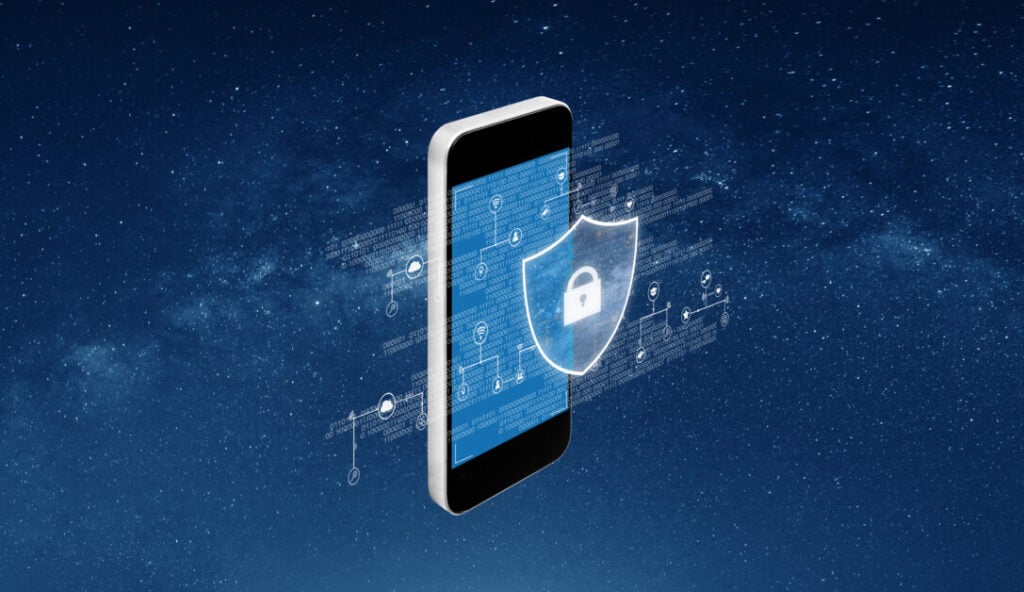This is the digital age, and kids have access to smartphones at a younger age. While they provide incredible learning, communication and entertainment tools, they also put kids at risk for some major online dangers. As a parent, you must regard mobile security with paramount importance so you can secure your child’s phone and keep them safe in the digital world. This post will show you step by step the action plan to protect your child mobile device from such unwanted threats?
Realizing Why Mobile Safety For Kids Is Essential
Kids may be unaware of the kind of threats that hide in the internet that includes cyber-bullying, pornographic content, and malware. Their mobile phones are windows to social media platforms, games, chat apps, websites — many of which are age-inappropriate or simply bad. Without the right protections in place, your child’s phone might be susceptible to hacking, scams, or inappropriate content.
Implementing mobile security provides is a good defense against these dangers and gives parents a peace of mind and children a safe mobile space.
Configure Parental Controls and Screen Time Limits
The majority of phones – including the ones now held by today’s youngsters, have settings that let parents control and limit what a child can access. Screen Time settings on your iOS device allow you to set content restrictions, limit app and device usage, and control privacy and other settings. For Android devices, you can use similar Family Link tools allowing you to approve app downloads, set daily screen time limits and track your child’s location.
These controls won’t just lock inappropriate apps and websites, they’ll also promote responsible use and good screen habits.
Get a Trusted Mobile Security App
Obviously, mobile security is an inseparable aspect of any cryptocurrency discussion.
Among other things, taking this one basic step can help you secure your child’s phone is to download a good mobile security app that will block malware, phishing scams and suspicious links. Lots of security apps also offer extras like safe browsing, real-time alerts or app activity monitoring.
With a mobile security app, parents can proactively battle threats while educating children on how to safely act online.
Teach Your Kids To Be Safe Online
Security cannot be ensured by technology alone. Teaching your child about the value of privacy, the risks of sharing personal information, and what constitutes suspicious links or messages is important. Help establish a social climate around their online activity that’s open enough that they feel they can tell you if something seems weird or upsetting.
Explain why it matters to download apps only from official stores and to avoid clicking on random links.
Update the Phone’s Software Regularly
Security patches are commonly included in software updates to shield devices from vulnerabilities recently discovered. Making certain your child’s phone is running the most up-to-date operating system and app versions is a basic but important step in mobile security. Turn on automatic updates when feasible so the device stays up-to-date without a lot of manual intervention.
Failing to apply updates can make the phone vulnerable to hackers and malware, which in turn can lead to data being stolen or the phone being disrupted.
Use Hard Passwords and Activate Two-Factor Authentication
They can attack weak and insecure passwords. Assist your child in establishing strong, unique passwords for their phone and important accounts, and use a password manager to manage them. Because requiring a second step for verification (such as receiving a code on another device) will slow the bad guys down.
This is a smart way of reducing the exposure of your children online.
Monitor App Permissions
Many of these apps ask for permission to access a phone’s camera, microphone, location, contacts, or other sensitive information. Also, check the permissions your child’s installed apps have and turn off any that seem unnecessary or intrusive. By restricting permissions, you can keep apps from obtaining too much personal information (such as your child’s location or contact list) or tracking your child without your consent.
Encourage your child to be careful with the permissions they give and only give what’s necessary for the app to work.
Be On the Lookout on Social Media and Messaging Apps
Social networking websites and messaging apps are typical places where children are at risk from online threats such as cyberbullying or contact from strangers. Keep track of your child’s friends list, privacy settings, and what your child posts. Some apps provide parental monitoring features or family accounts to help parents keep an eye on things.
You can teach your kid about making sure their profiles are set to private and how to block or report inappropriate contacts.
Conclusion
Keeping your child safe on their phone is a matter of balance: you need to combine technology and education. Here are a few measures you can take to ensure your child’s security on mobile devices with parental controls, security apps, regular software updates, and open dialogue. With cyber threats constantly shifting, keeping proactive and updated on technology will help your child have a safe and enriching mobile experience.
By doing this today, you are enabling your child to efficiently and safely explore their digital world.
Sandra Larson is a writer with the personal blog at ElizabethanAuthor and an academic coach for students. Her main sphere of professional interest is the connection between AI and modern study techniques. Sandra believes that digital tools are a way to a better future in the education system.






![‘Frankenstein’ Review – Guillermo del Toro’s Definitive Look At The Nature And Nurture Of Monstrosity [TIFF 2025] ‘Frankenstein’ Review – Guillermo del Toro’s Definitive Look At The Nature And Nurture Of Monstrosity [TIFF 2025]](https://cdn.geekvibesnation.com/wp-media-folder-geek-vibes-nation/wp-content/uploads/2025/10/Frankenstein-175_PF_20240430_20377_R-300x200.jpg)